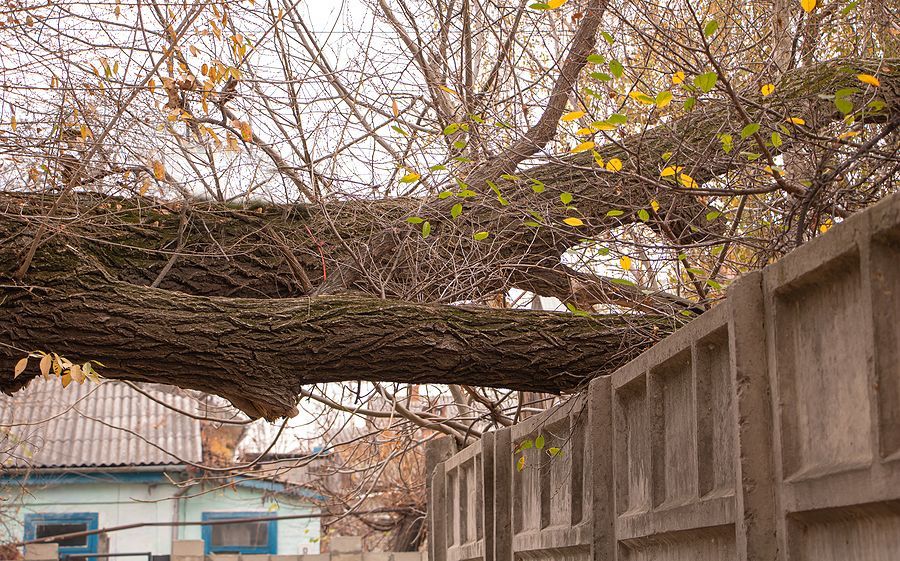Understanding Cross-Leases
Introduction
Cross-lease properties were created as an innovative workaround to avoid strict subdivisions laws of the past. While once a practical solution, as land development and subdivision opportunities have progressed this form of ownership has led to complications not contemplated at that time for property owners; particularly when, it comes to modifications, consent requirements, and shared responsibilities.
Prevalent in Auckland, cross-lease properties can be complex and restrictive, often leading to disputes between co-owners. Given the legal intricacies involved, it is essential to seek legal advice before purchasing or making changes to a cross-lease property to avoid unexpected complications.
Key Features of a Cross-Lease
- A cross-lease property will usually have two or more dwellings (flats) situated on one piece of freehold land. Accordingly, ownership of a cross-lease title grants both a freehold interest in the underlying land which a flat is built on and a leasehold interest in the flat.
- The cross-lease title holders collectively become the lessor and lease each of the flats to the title holder as individual lessees. The details of this arrangement are recorded in a lease instrument (cross-lease) registered on each of the cross-lease titles.
- The cross-lease will contain rules, rights, and obligations affecting both the lessor and lessee. Amongst the terms of the cross-lease, there will often be a requirement for the lessee to seek the consent of the lessor prior to any additions, alterations, or renovations to their flat.
- The cross-lease can also record the grant of an exclusive right of enjoyment over certain areas of the freehold land to a lessee (to the exclusion of the other lessee’s) and set aside areas, typically driveways, as common use areas subject to joint maintenance.
Accordingly, careful review and understanding of how the property’s cross-lease operates is critical if you are thinking of purchasing a cross-lease property or commencing any alteration or renovation works to your cross-lease property.
The Court of Appeal’s decision in Turner v Goldsbury last year serves as a reminder of the importance in the need to understand the fundamental features of a cross-lease title and, by extension, the rights and obligations acquired with this form of land ownership.
The Facts of Turner v Goldsbury
The Turners are the owners of a coastal cross-lease property. The property was in a state of disrepair, exacerbated by flooding caused by the 2018 storm surges. Accordingly, the Turners sought to demolish and replace their existing flat to mitigate the property's coastal inundation risk.
They relied on a provision in their cross-lease that allowed for structural alterations to their flat, provided each flat owner’s consent was obtained, with consent not to be unreasonably withheld. This is a common condition in most cross-leases. The Turners managed to obtain the consent of the majority of the other flat owners but failed to secure the consent of the Goldsburys. This, ultimately, led to over half a decade of arbitration and ongoing litigation.
The court decision highlights that there is no concrete answer as to what will be considered acting “unreasonably” or whether a clause granting a right to “alter” a flat inherently grants a right to demolish and build a replacement flat. What is certain is that each case will be determined on a case-by-case basis and will require an analysis of the facts.
Furthermore, despite substantial evidence showing that the Goldsbury’s were deliberately being difficult and unneighbourly, the court found that their decision to withhold consent was not considered unreasonable as there were legitimate concerns and legal considerations behind their decision. A key consideration was the fact that there were substantial differences between the existing flat and the proposed new structure.
Lessons to Take
This decision reiterates the importance of obtaining legal advice to understand the rules, obligations, and limits of a cross-lease. These matters can be addressed early on by completing thorough due diligence before acquiring a cross-lease property. If you are thinking of purchasing a cross-lease property, it is vital to consider your future intentions for the property and whether the cross-lease will hinder these plans. A detailed review of the cross-lease and title by an experienced lawyer is essential to ensure alignment with your objectives.
The decision also underscores that any ambiguity in the lease can be leveraged as a roadblock to development. An often-overlooked aspect is that a key attraction of cross-lease properties is their ability to maintain the integrity of an existing development, preventing immediate neighbours from undertaking substantial high-density redevelopments.
If you are considering acquiring or selling a cross-lease property, planning to make renovations to your cross-lease property, or looking to convert your cross-lease title to a freehold title, our team is ready to assist you.



